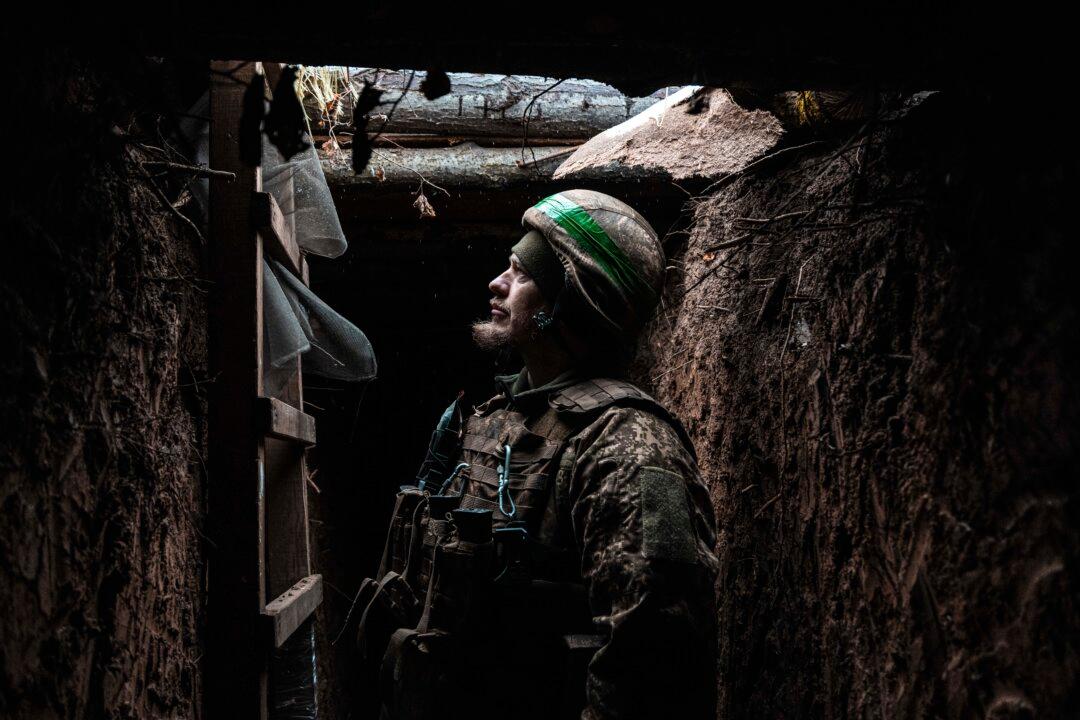President Donald Trump shared his hopes on Feb. 13, that he can bring China and Russia to the negotiating table and agree to reduce their military spending and perhaps even their nuclear arsenals.
Speaking with reporters at the White House on Thursday, Trump said the United States is continuing to maintain “the greatest military equipment in the world” but expressed dismay at the funding that the United States, China, and Russia are each currently putting toward their militaries.
“At some point, when things settle down, I’m going to meet with China, and I’m going to meet with Russia, in particular those two, and I’m going to say ’there’s no reason for us to be spending almost a trillion dollars on military,'” Trump said.
The president said one of his first focuses would be to get a meeting with Chinese leader Xi Jinping and Russian President Vladimir Putin, and he would open with a pitch for each of the three countries to cut their military budgets in half. Nuclear arms reductions would also be a driving focus as Trump engages with Russia and China.
“There’s no reason for us to be building brand new nuclear weapons. We already have so many. You could destroy the world 50 times over. 100 times over. And here we are building new nuclear weapons, and they’re building nuclear weapons,” he said.
While Russia and the United States both hold the largest number of nuclear arms, China has rapidly expanded its arsenal, and Trump predicted the country could reach relative parity with Russia and the United States in the next five to six years.
Instead of continuing to stockpile arms, Trump said he would hope the three countries could move in the opposite direction and put those savings toward “other things that are actually, hopefully, much more productive.”
Should the day ever come when nuclear weapons are used, Trump said, “That’s going to be probably oblivion.”
The president has been open about his hopes for increased nuclear arms controls between the United States, Russia, and China. In a virtual address to the World Economic Forum on Jan. 23, Trump described past conversations he had with Putin on denuclearization and said Xi had also shown interest in the topic.
Even without an agreement from Russia and China, Trump has taken steps to insulate the United States and its allies from a nuclear conflict.
Many of the technological elements in Trump’s Jan. 27 order resemble ideas the United States researched and developed under the Strategic Defense Initiative (SDI), launched by President Ronald Reagan in 1983.
SDI became a point of contention between Reagan and then-Soviet leader Mikhail Gorbachev, as they met in Iceland in 1986 to discuss mutual reductions in their respective nuclear arsenals. Full denuclearization never prevailed, but Reagan and Gorbachev did eventually agree to some reductions of their stockpiles of ballistic missiles as part of the Intermediate-Range Nuclear Forces Treaty (INF).







